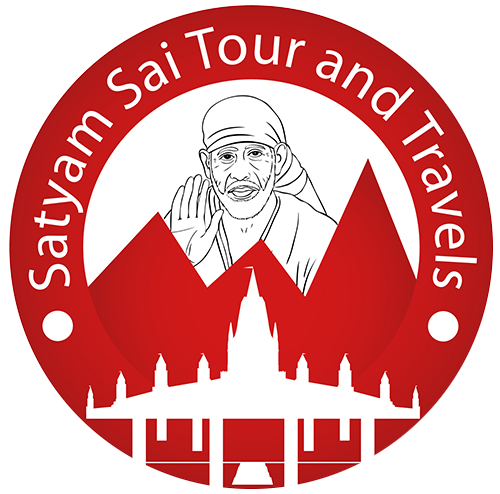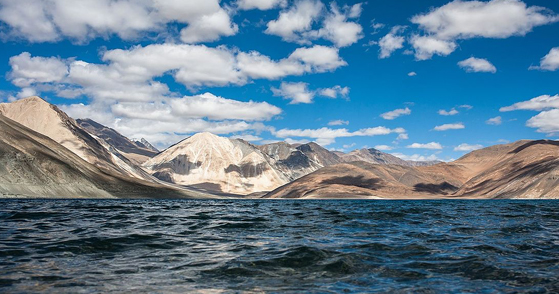Leh District is the largest town of the region. It is located to the north of the Indus River at an elevation of 3600m above the sea level. The town is dominated by the Namgyal Tsemo (victory peak) built by King Tashi Namgyal in 16th century, as a royal residence and the nine-storey Namgyal Palace built by King Sengge Namgyal on his victory in reunification of the Upper and Lower Ladakh in 17 century.
Leh became the capital of Stod (upper Ladakh) during the reign of King Graspa Bum- Lde, who ruled Ladakh from 1400 to 1430 AD. In the later period, Leh became an important center for trade in Central Asia, along the Indus Valley between Tibet to the east, Kashmir to the west and ultimately between India and China. Right below Leh Palace is the old mosque, a Sunni Muslim mosque. It was constructed under the threat of military action by the Mughal Emperor Aurangzeb which prompted King Deldan Namgyal to build the mosque in 1661. The mosque reflects a mixture of Islamic and Tibetan architecture and can accommodate more than 500 people. There is a religious coexistence of Buddhism and Islam, have been living in Harmony in Leh.
Thus, Ladakh an ag-old tradition of cohesiveness Besides these two communities there are people living in the region who belongs to different religions like Christianity, Hinduism, and Sikhism. And they too live in harmony and forms a vital part of the society.The Christian community in Leh were converted from Tibetan Buddhism by German Moravian missionaries who first established a church in 1885.
In order to provide a transparent development in the area the conception of the council was conceived and Ladakh Autonomous Hill Development Council (LAHDC) was constituted in 1995. The council has 30 councilors, out of which 4 are nominated and rest are elected. The Chief Executive Councilor heads this council. He is also the Chairman of the council.
Unlike other districts of the State, LAHDC also governs the administration in Leh . The Deputy Commissioner, Leh also holds the power of Chief Executive Officer LAHDC. In 1974 Ladakh was thronged open for foreign tourists. Since then Leh became the centre for tourism related activities in the region and today, Ladakh is among the most preferred tourist destination for foreign as well as domestic tourists.
Leh has a cold, arid climate with long, harsh winter season that is, from October to early March. The winter temperature in Leh dips down at maximum to -29 degree Celsius and during summers the mercury rises to a high of 33 degree Celsius.
Fact File Leh provides medium and lower class accommodation, with hundreds of guesthouses and hotels, which can suit every budget. There are number of good restaurants that offers palette of good multi cuisine dishes for a reasonable price. There are number of tour Operator/Travel Agents around the town, which look after traveler’s requirements like booking oh hotels, providing tour guides, different tour packages and taxi services etc.
Attractive leh tours is offered by jammu and kashmir Tourism online, also trekking tours are available Buddhist monasteries are the must visit places in and around Leh. Tour to these monasteries can be organized in one or two days, as all the famous leh monasteries are within a drive of one or two days from Leh.

